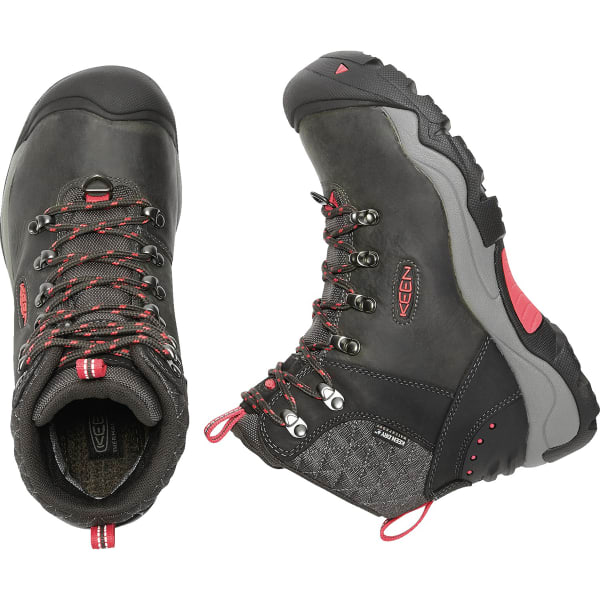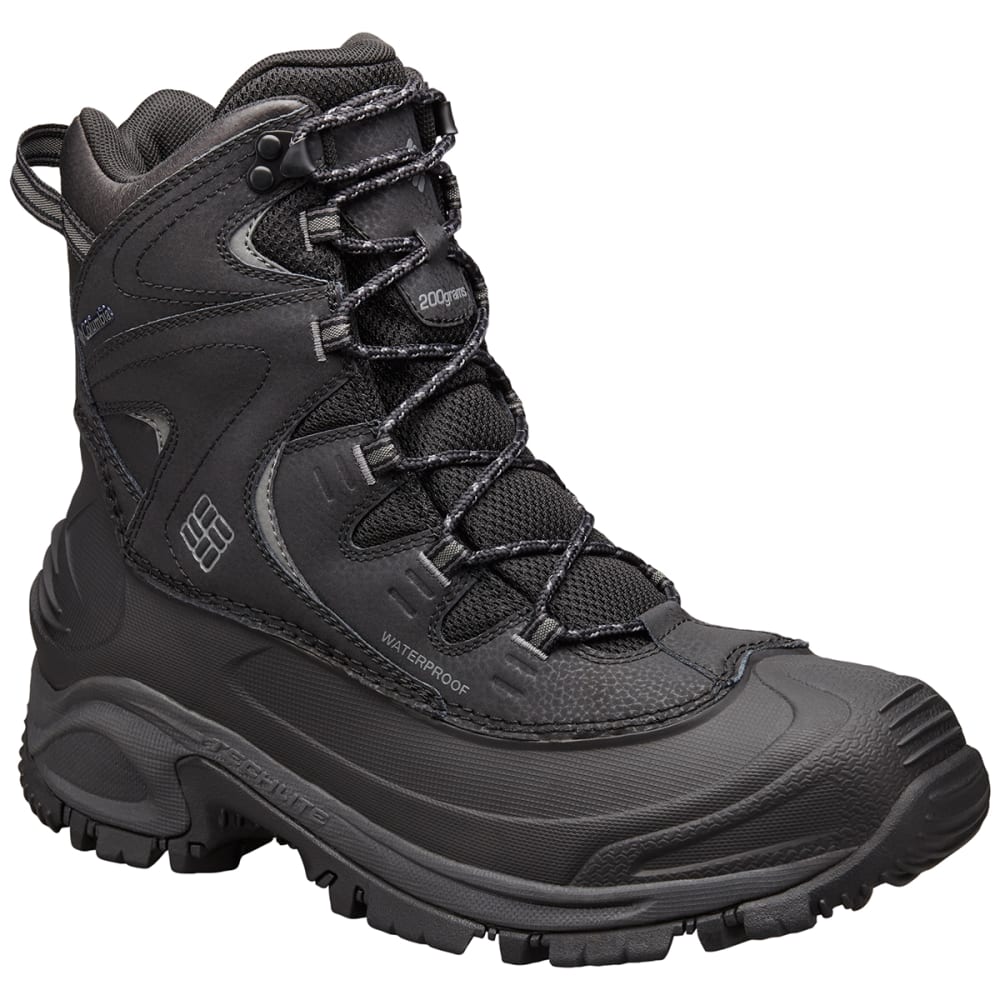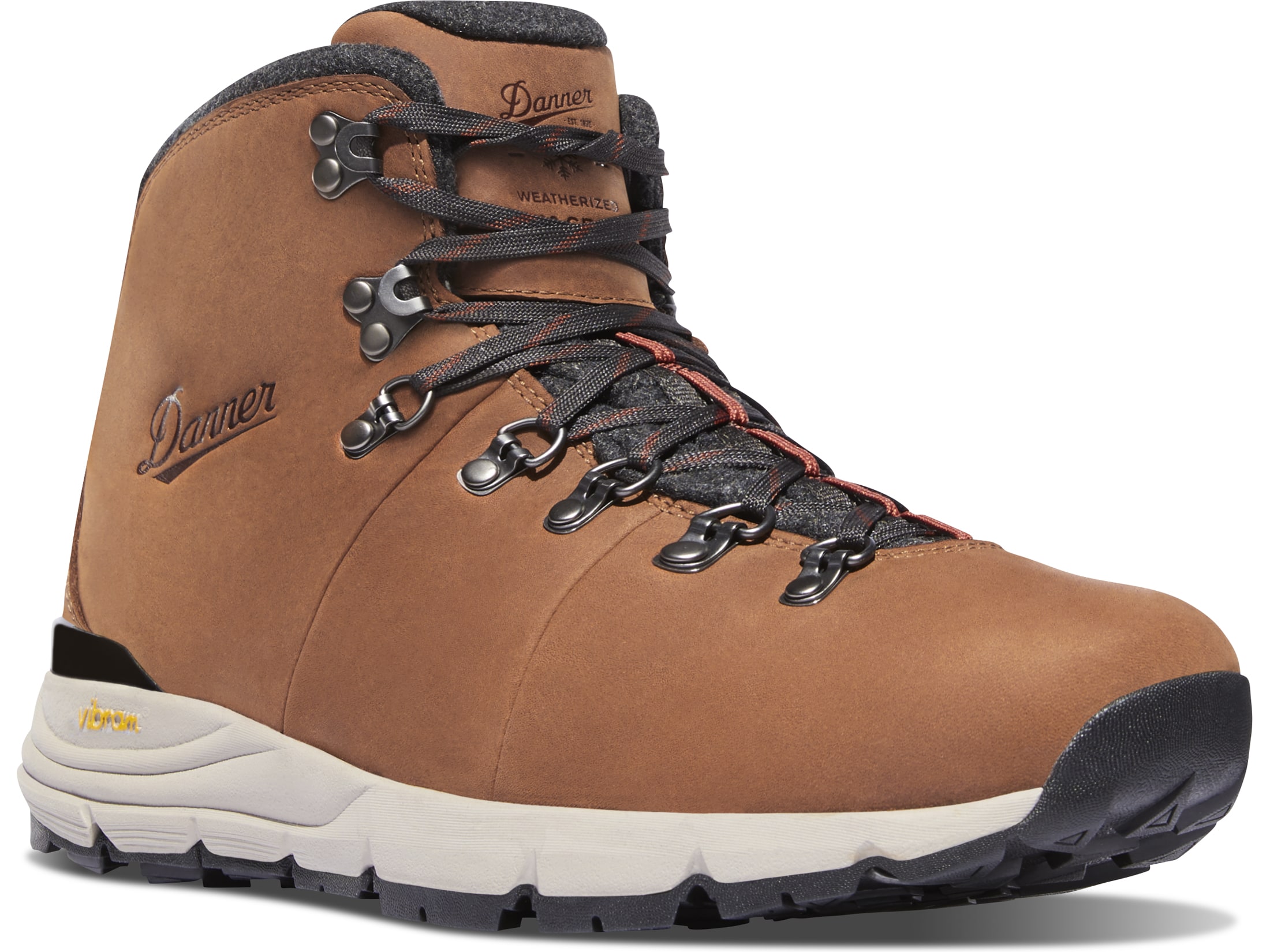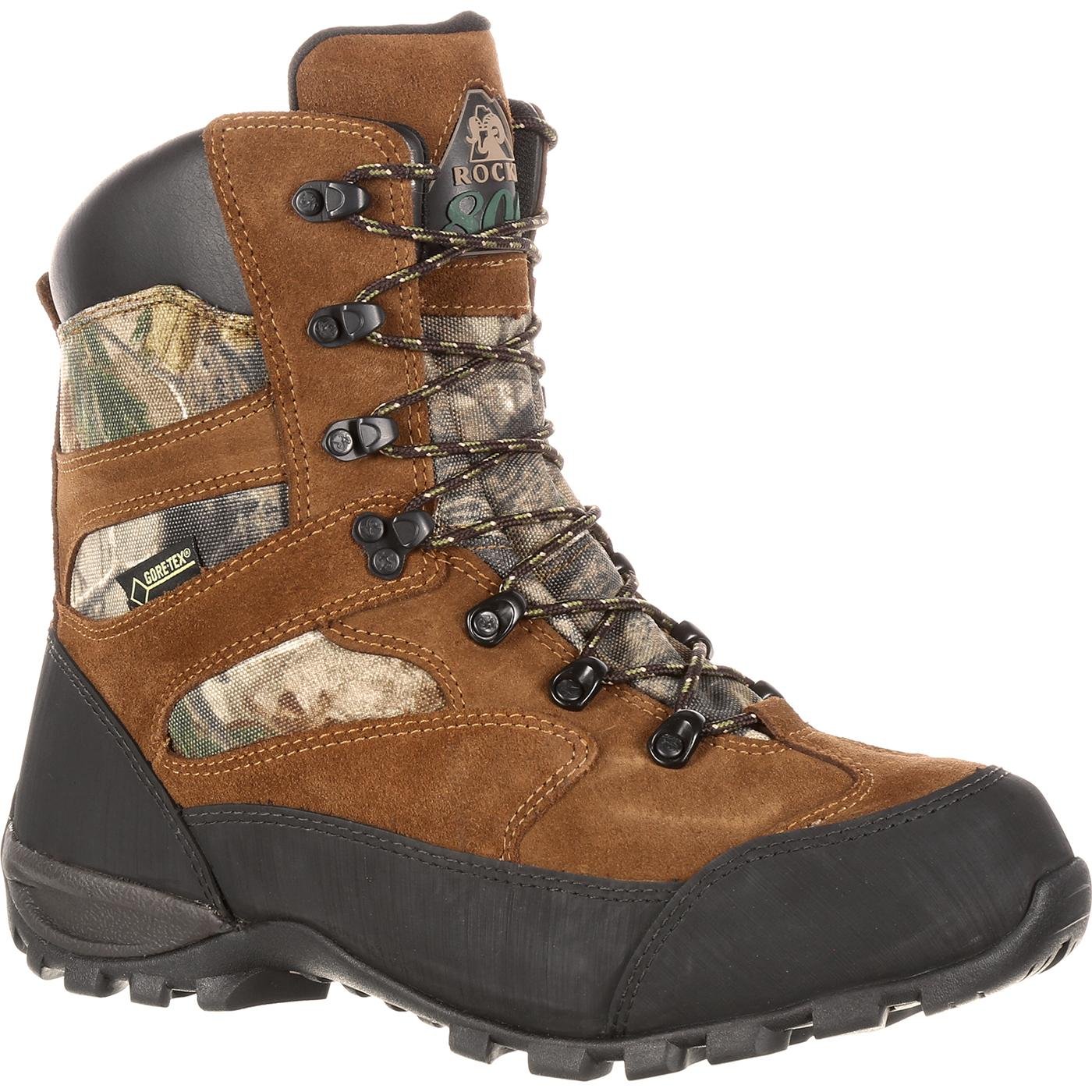Why Waterproofing Matters: Protecting Your Feet from the Elements
Waterproof and insulated hiking boots are a crucial component of any hiker’s gear, and for good reason. Wet feet can quickly turn a enjoyable hike into a miserable one, leading to discomfort, blisters, and even serious health issues. Waterproofing technology, on the other hand, works to prevent water from penetrating the boot, keeping feet dry and comfortable even in the most challenging conditions.
The risks of wet feet are numerous. Blisters and discomfort are just the beginning, as wet feet can also lead to more serious problems like trench foot and frostbite. These conditions can be debilitating, forcing hikers to cut their trip short or even seek medical attention. In extreme cases, wet feet can even lead to amputation.
Fortunately, waterproof and insulated hiking boots can provide a reliable solution to this problem. By preventing water from entering the boot, these boots keep feet dry and comfortable, even in wet and icy conditions. This is achieved through the use of waterproof membranes, such as Gore-Tex or eVent, which allow moisture to escape while preventing water from entering the boot.
The benefits of waterproof and insulated hiking boots extend far beyond just keeping feet dry. They also provide protection from the elements, allowing hikers to tackle a wide range of terrain and weather conditions with confidence. Whether you’re hiking through wet trails, crossing rivers, or climbing snow-capped peaks, waterproof and insulated hiking boots are an essential piece of gear.
Insulation Nation: The Science Behind Warm and Toasty Feet
When it comes to hiking, cold and wet feet can quickly ruin an otherwise enjoyable experience. That’s why insulation is a critical component of waterproof and insulated hiking boots. Insulation works to keep feet warm and dry, even in the most challenging cold-weather conditions.
There are several types of insulation used in waterproof and insulated hiking boots, each with its own unique benefits and drawbacks. Thinsulate, for example, is a popular insulation material that provides excellent warmth without adding bulk. PrimaLoft, on the other hand, is a synthetic insulation that offers superior water resistance and breathability.
In addition to these materials, some waterproof and insulated hiking boots also feature advanced insulation technologies, such as thermal reflective liners or heated insoles. These technologies work to trap warmth and reflect cold, keeping feet warm and toasty even in extreme cold-weather conditions.
The importance of insulation in waterproof and insulated hiking boots cannot be overstated. In cold-weather hiking and outdoor activities, insulation is essential for preventing cold-related injuries, such as frostbite and hypothermia. Even in warmer conditions, insulation can help to prevent blisters and discomfort, allowing hikers to enjoy their outdoor activities without distraction.
When choosing a pair of waterproof and insulated hiking boots, it’s essential to consider the type and amount of insulation needed for your specific hiking style and conditions. By selecting a boot with the right insulation for your needs, you can ensure warm and dry feet, even on the most challenging hikes.
How to Choose the Perfect Waterproof and Insulated Hiking Boots for You
Selecting the right waterproof and insulated hiking boots can be a daunting task, especially with the numerous options available on the market. However, by considering a few key factors, you can find the perfect pair to meet your hiking needs.
First and foremost, consider your hiking style. Are you a backpacker, day hiker, or winter hiker? Different hiking styles require different features and functionalities in a waterproof and insulated hiking boot. For example, backpackers may prioritize boots with extra ankle support and durability, while day hikers may prefer lighter and more breathable boots.
Terrain is another critical factor to consider. Will you be hiking on rugged trails, crossing rivers, or climbing snow-capped peaks? Waterproof and insulated hiking boots designed for specific terrain types can provide the necessary protection and support for your feet.
Personal preferences also play a significant role in choosing the right waterproof and insulated hiking boots. Do you prefer a more comfortable and cushioned ride, or a more responsive and agile feel? Do you have any foot issues, such as plantar fasciitis or Achilles tendonitis, that require specific features and support?
In addition to these factors, consider the following key features when selecting waterproof and insulated hiking boots:
- Waterproof membrane: Look for boots with a reputable waterproof membrane, such as Gore-Tex or eVent.
- Insulation type: Choose boots with insulation that suits your hiking style and conditions, such as Thinsulate or PrimaLoft.
- Outsole material: Select boots with outsoles made from durable and grippy materials, such as rubber or Vibram.
- Fit and comfort: Ensure the boots fit comfortably and provide adequate support and cushioning.
By considering these factors and features, you can find the perfect waterproof and insulated hiking boots to meet your specific hiking needs. Remember, a good pair of boots can make all the difference in your hiking experience, providing comfort, support, and protection on the trails.
The Best Waterproof and Insulated Hiking Boots on the Market: Top Picks
With so many waterproof and insulated hiking boots on the market, it can be overwhelming to choose the right pair. To help you make an informed decision, we’ve reviewed and compared top-rated waterproof and insulated hiking boots from leading brands like Merrell, Keen, and Salomon.
Here are our top picks:
- Merrell Moab 2 Mid Waterproof: These boots feature a waterproof and breathable Gore-Tex membrane, Thinsulate insulation, and a Vibram TC5+ outsole for excellent traction. Pros: excellent ankle support, comfortable fit. Cons: slightly heavy, limited color options.
- Keen Targhee II Mid WP: These boots boast a waterproof and breathable Keen.Dry membrane, PrimaLoft insulation, and a rugged outsole for superior grip. Pros: comfortable fit, excellent waterproofing. Cons: slightly bulky, limited insulation options.
- Salomon Quest 4D 3 GTX: These boots feature a waterproof and breathable Gore-Tex membrane, Thinsulate insulation, and a Contagrip outsole for exceptional grip. Pros: excellent ankle support, comfortable fit. Cons: slightly expensive, limited color options.
When choosing the best waterproof and insulated hiking boots for your needs, consider factors such as hiking style, terrain, and personal preferences. By selecting a pair that meets your specific requirements, you can ensure a comfortable, dry, and warm hiking experience.
Remember, waterproof and insulated hiking boots are an investment in your hiking comfort and safety. By choosing a high-quality pair, you can enjoy the great outdoors with confidence and peace of mind.
What to Look for in a Waterproof and Insulated Hiking Boot: Key Features
When shopping for waterproof and insulated hiking boots, it’s essential to consider the key features that will keep your feet dry, warm, and comfortable on the trails. Here are the essential features to look for:
Waterproof Membranes: Look for boots with a reputable waterproof membrane, such as Gore-Tex, eVent, or similar technology. These membranes prevent water from entering the boot while allowing moisture to escape, ensuring your feet stay dry and comfortable.
Insulation Types: Different insulation materials and technologies are designed for specific hiking conditions. For example, Thinsulate insulation is ideal for cold and wet conditions, while PrimaLoft insulation is better suited for dry and cold conditions. Consider the type of insulation that best suits your hiking style and conditions.
Outsole Materials: The outsole material should provide excellent grip and traction on various terrain types. Look for boots with outsoles made from durable and grippy materials, such as rubber or Vibram.
Upper Materials: The upper material should be breathable, durable, and water-resistant. Look for boots with upper materials made from high-quality leather, synthetic materials, or a combination of both.
Ankle Support: Adequate ankle support is crucial for stability and comfort on the trails. Look for boots with high ankle collars and sturdy materials that provide excellent support and protection.
Fit and Comfort: A comfortable and snug fit is essential for a enjoyable hiking experience. Look for boots with adjustable lacing systems, cushioned insoles, and breathable linings that provide excellent comfort and support.
By considering these key features, you can find the perfect waterproof and insulated hiking boots that meet your specific hiking needs and preferences.
Waterproof and Insulated Hiking Boots for Specific Hiking Styles
Different hiking styles require specific features and technologies in waterproof and insulated hiking boots. Here’s a breakdown of the best boots for various hiking styles:
Backpacking: For multi-day backpacking trips, look for boots with excellent ankle support, durable materials, and a comfortable fit. The Salomon Quest 4D 3 GTX and Merrell Moab 2 Mid Waterproof are excellent options for backpackers.
Day Hiking: Day hikers require boots that are lightweight, breathable, and provide excellent traction. The Keen Targhee II Mid WP and The North Face Hedgehog Fastpack GTX are great options for day hikers.
Winter Hiking: Winter hikers need boots that can withstand extreme cold and wet conditions. Look for boots with insulation like Thinsulate or PrimaLoft, and a waterproof membrane like Gore-Tex. The La Sportiva Raptor GTX and Sorel Caribou Boot are excellent options for winter hikers.
Ultralight Hiking: Ultralight hikers require boots that are extremely lightweight and compact. The Altra Lone Peak 4.5 and Hoka One One Speedgoat 4 GTX are great options for ultralight hikers.
By considering the specific demands of your hiking style, you can find waterproof and insulated hiking boots that meet your unique needs and preferences.
Remember, the right pair of waterproof and insulated hiking boots can make all the difference in your hiking experience. Whether you’re a backpacker, day hiker, or winter hiker, there’s a pair of boots out there that’s perfect for you.
Tips and Tricks for Maintaining Your Waterproof and Insulated Hiking Boots
To ensure your waterproof and insulated hiking boots continue to perform at their best, it’s essential to maintain them properly. Here are some tips and tricks to help you extend the lifespan and performance of your boots:
Cleaning: Regularly clean your boots with a soft-bristled brush and mild soap to remove dirt and debris. Avoid using harsh chemicals or abrasive materials that can damage the waterproof membrane or insulation.
Conditioning: Apply a waterproofing conditioner to the leather or synthetic materials to maintain their water-repellent properties. This will help prevent water from seeping into the boot and compromising the insulation.
Storage: Store your boots in a cool, dry place away from direct sunlight. Avoid storing them in airtight containers or bags, as this can cause moisture to build up and damage the boots.
Drying: If your boots do get wet, allow them to air dry slowly and naturally. Avoid using heat to speed up the drying process, as this can cause the materials to degrade or the insulation to lose its effectiveness.
Inspection: Regularly inspect your boots for signs of wear and tear, such as cracks in the sole or worn-out laces. Addressing these issues promptly can help prevent more serious problems from developing.
By following these simple tips and tricks, you can ensure your waterproof and insulated hiking boots continue to provide excellent performance and protection on the trails.
Remember, a good pair of waterproof and insulated hiking boots is an investment in your hiking experience. With proper maintenance, they can provide years of reliable service and help you stay dry and warm on even the most challenging trails.
Conclusion: Stay Dry and Warm on the Trails with the Right Boots
In conclusion, waterproof and insulated hiking boots are an essential component of any hiker’s gear. By understanding the importance of waterproofing and insulation, and knowing how to choose the right pair for your needs, you can ensure a comfortable and enjoyable hiking experience.
Remember, waterproof and insulated hiking boots are not just a luxury, but a necessity for hikers who want to stay dry and warm on the trails. With the right pair, you can tackle even the most challenging terrain and weather conditions with confidence.
By following the tips and guidelines outlined in this article, you can find the perfect waterproof and insulated hiking boots for your next adventure. Whether you’re a seasoned backpacker or a casual day hiker, investing in a good pair of boots is an investment in your hiking experience.
So why wait? Get out there and start exploring with the right waterproof and insulated hiking boots on your feet. Your feet – and your hiking experience – will thank you.
With the right waterproof and insulated hiking boots, you can conquer any trail, no matter the weather or terrain. Stay dry, stay warm, and stay comfortable on your next hiking adventure.







